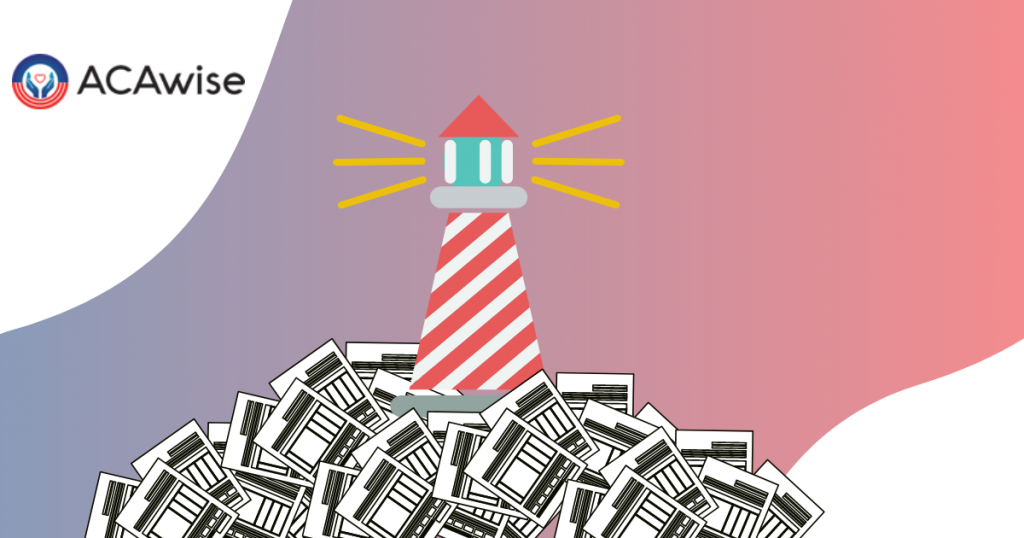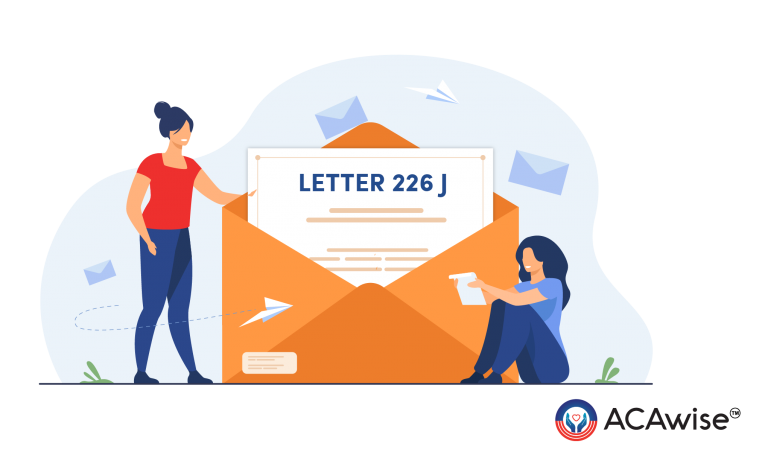Estimated reading time: 10 minute(s)

Safe harbors may bring to your mind images of sailing on the seven seas, but they are actually a crucial way that mandated employers prove that the health insurance they offer your employees is affordable.
The IRS Requires ALEs to Provide Affordable Coverage
Under the Affordable Care Act, all mandated employers with more than 50 full-time or full-time equivalent employees, must offer their employees health insurance coverage. This health insurance coverage must meet the affordability standards set in place under the ACA.
This means that health insurance premiums can cost no more than 9.78% of an individual’s household income. Employers are unable to know the exact amount of household income of their employees. Therefore, the IRS allows employers to use approved methods to calculate the employees income to health insurance expense ratio and prove affordability.
Safe Harbors are the Key to Proving Affordability
The methods by which employers prove the affordability of their health insurance coverage are called safe harbors. Despite the name, these have very little to do with nautical adventures and everything to do with mathematical calculations.
These safe harbors may not be found adrift on the seven seas, but they do allow employers to avoid IRS penalties and maintain ACA compliance. Now, let’s dive in (pun intended) and learn more about how these safe harbors work.
There are 3 Safe Harbors to Choose From
There are 3 different safe harbor methods to choose from, these include:
- The Rate of Pay Safe Harbor– This method uses the number of hours that your employees work to determine affordability.
- The W-2 Safe Harbor– This method uses the total income reported on your employees’ Form W-2 to determine affordability.
- The Federal Poverty Line– This method uses the federal poverty line as a baseline to determine affordability.
Safe Harbors Prevent IRS Penalties

For more information on each method, check out this blog post.
Under Section 4980 (a) and (b) of the IRS Code, ALEs must meet the following requirements when it comes to health insurance coverage, otherwise penalties will ensue:
- The minimum essential coverage must be offered to at least 95% of your full-time employees.
- The coverage must be deemed affordable, with premiums no higher than 9.78% of the employee’s income.
Employers who fail to make offers of health insurance coverage that is up to par, or do not offer the coverage to all eligible employees, their organization will be penalized by the IRS. This is called the employer’s shared responsibility payment.
The IRS usually becomes aware of this non-compliance when an employee is able to purchase more affordable coverage on the Marketplace and is issued a tax credit from the government.
The IRS uses the information reported on ACA Forms1095-C to determine if the ALE has not only provided the proper health insurance coverage but if they have fulfilled their mandated reporting responsibilities. This brings us to our next and final fact.
This Information is Reported on Form 1095-C

ALEs must report their health insurance coverage information on the Form 1095-C. This form is designed to capture the offer of coverage, the length of coverage, and the affordability of the coverage to name a few.
Line 16 of the Form 1095-C is where the information related to safe harbors is reported. This line must have the proper code to indicate the affordability of the coverage.
For more information on completing the Form 1095-C, check out our 1095-C Codes Cheat Sheet.
Did you know that ACAwise has extensive experience in generating the accurate codes required for this form? Learn how our team can handle your code generation here!



Leave a Comment